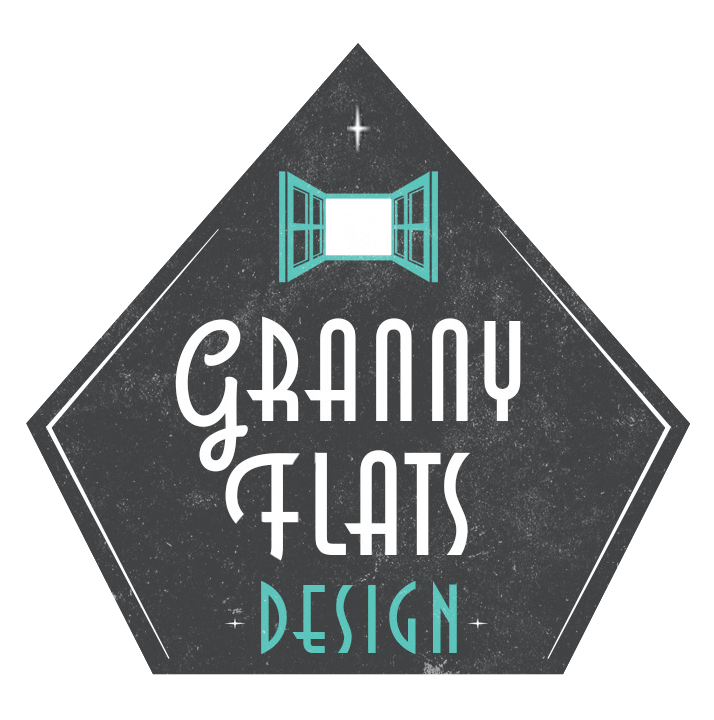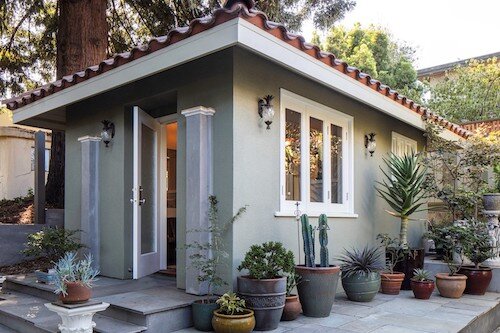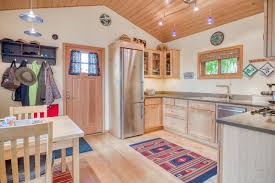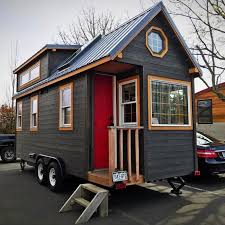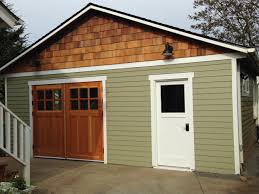What You Need to Know About ADU/Granny Flat Regulations in Los Angeles

Published By Brittnay Sharer
Date: 01/10/2021
With interest rates at all time lows and the housing crunch at all time highs, there has never been a better time to invest in a tiny home on your property. Whether you call them tiny homes, granny flats or ADUs, adding a studio apartment to your property is a great way to make some extra income. Not only that, but adding an ADU, granny flat or garage conversion add to the resale value of your home and you will be helping out others in Los Angeles find affordable housing.
Constructing an ADU, granny flat or garage conversion has never been easier in Los Angeles. Recently passed legislation aimed at adding much-needed stock to the rental market has cleared many hurdles that kept homeowners from constructing an extra living space on their property. In fact, local jurisdictions are now not allowed to put any undue burden on homeowners who want to construct an ADU, granny flat or garage conversion.
Sounds great, but where do you start? The first thing to know about is the regulations regarding granny flats, ADUs, and garage conversions.
What are the regulations regarding granny flats, ADUs or garage conversions in Los Angeles?
Whether you call it a granny flat, accessory dwelling unit or garage conversion, they are all the same thing. You are installing an extra living space, with its own kitchen and bathroom to your property. That extra living space may be in a garage you have converted, or it could be new construction. Whatever the situation, these structures have to follow certain guidelines set forth by the city of Los Angeles.
Some things to know include:
-
Any single-family home zoned as residential qualifies for an ADU, granny flat or garage conversion.
-
The ADU cannot be 50% the size of the main house. That means, if you have a 1200-square-foot cottage, your ADU has to be 600-square-feet or smaller.
-
The smallest legal ADU is 150 square feet. This is usually referred to as a junior ADU.
-
Any existing legal structure can be converted into an ADU or granny flat.
-
Your new ADU/granny flat/garage conversion can NOT be sold separately from your main home.
-
Sprinklers are not required for your new granny flat/ADU/garage conversion in Los Angeles, unless your main house requires sprinklers.
-
If you are converting a garage, you must provide one parking spot. This can be a carport, driveway or a tandem parking spot.
-
If you are not converting a garage, there are no requirements that you include a parking space IF your home falls into any of these categories:
-
Your home is within half a mile of public transit
-
Your home is one block from a car share
-
Your home is in an historic district
-
Your conversion is part of your main home -- e.i., a converted basement or an ADU built on top of a functioning garage.
-
-
There are no setback requirements if the conversion is attached to the main house, such as an attached garage.
-
If the ADU/granny flat/garage conversion is separate from the main house, setbacks must be placed 5 feet from the side and rear of the property.
What are the different types of granny flats, ADUs or garage conversions in Los Angeles?
The first thing to know is the difference between different structures covered by the regulations:
-
Detached: This is a building that is not attached to the main home. It could be new construction or a converted detached garage.
-
Attached: There are many ways a new living space could be attached to your main home.
-
Garage Conversion: This may be the most common kind of ADU. Your current attached garage is converted into a studio or one-bedroom apartment.
-
Basement: If you are one of the few Los Angeles homeowners with a basement, just know that you can convert that space into an apartment.
-
Above the garage: Maybe you want to continue to have the convenience and storage of a garage. You could build a unit on top of that garage and rent it out.
-
Tiny homes on wheels in Los Angeles
In addition to a granny flat, ADU or garage conversion, the city of Los Angeles now allows homeowners to install tiny homes on wheels on your property. You may have seen such homes on YouTube or TV. What is a tiny home on wheels? It’s a home that is built on an undercarriage and is moveable. It is different from a mobile home in that the materials used cannot be the same as materials used on RVs.
If you are thinking of adding this type of tiny home, it must follow certain parameters. A tiny home on wheels:
-
Must NOT be able to be moved under its own power. AKA...it can’t have a motor in it. That would be a motorhome.
-
Has to be registered with the DMV
-
Must meet national standards for fire protections
-
Must NOT be larger than California highways
-
Must measure between 150 and 430 square feet, as measured from the exterior faces of the exterior walls.
When installing a tiny house on wheels, make sure you follow all the ordinances set forth by the city of Los Angeles. This will ensure that your tiny home on wheels is up to code. Any tiny home on wheels must comply with the following:
-
There can be only ONE tiny home on wheels on your lot.
-
The undercarriage must be hidden from view while it is parked on your lot.
-
The wheels and leveling supports must sit on a paved surface.
-
All the mechanical equipment must be incorporated into the tiny home, with none of it showing on the roof of the structure.
-
It needs to be connected to water, sewer and electrical.
-
The tiny home cannot be more than two stories high.
-
The outside of the home cannot be made of laminates, single piece composites or interlocking metal sheathing. In other words, it shouldn’t look like an RV. In addition, it can’t have any slide-outs, like some RVs have. Remember, this is a tiny HOME, not an RV.
-
The tiny home needs to have double pane windows with outside trim.
In addition, these tiny homes do not need addresses of their own and don’t need to have sprinklers installed.
How do I pay for my tiny home in Los Angeles?
Wondering how to pay for a tiny home? For a traditional ADU/granny flat/garage conversion, there are many options for homeowners to pay for the construction -- from Home Equity Lines of Credit, construction loans or a cash-out refinance.
There are many considerations to take into account when deciding to build a tiny home on your property. In the end, the extra income it can generate and the added value to your home, or just the simplicity of your life, can make a tiny home a great choice.
If you want to convert your garage or build a tiny home on your property and need help funding your project, give us a call. Our lending professionals have the experience and know-how to get you into an ADU/garage conversion today! Call Granny Flats Design at 818-532-0482.
